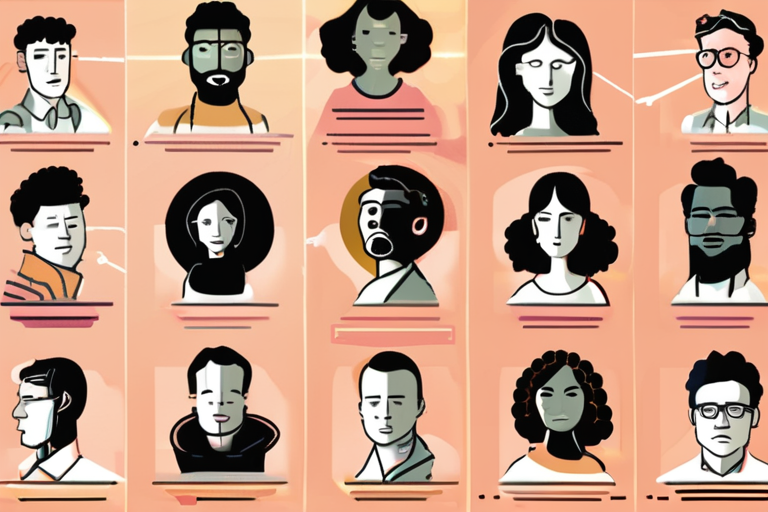AI-Designed Viruses: A Breakthrough in Genetic Engineering
A research team at Stanford University and the nonprofit Arc Institute has made a groundbreaking discovery in genetic engineering using artificial intelligence (AI). By leveraging AI to design new viral genomes, they have successfully created viruses that can replicate and kill bacteria. This innovation has significant implications for the development of new treatments and could accelerate research into artificially engineered cells.
Financial Impact:
The potential financial impact of this breakthrough is substantial. According to a report by Grand View Research, the global genetic engineering market is expected to reach $24.5 billion by 2028, growing at a CAGR of 13.4%. The development of AI-designed viruses could accelerate this growth, with potential applications in fields such as medicine, agriculture, and biotechnology.
Company Background:
The research team, led by scientists at Stanford University and the Arc Institute, used AI to propose new genetic codes for viruses. This approach, known as generative design, allowed them to create novel viral genomes that were not previously seen in nature. The team's work has been published in a preprint paper, which has sparked interest and debate within the scientific community.
Market Implications:
The implications of this breakthrough are far-reaching. For one, it could lead to the development of new treatments for diseases caused by bacteria, such as tuberculosis and pneumonia. Additionally, AI-designed viruses could be used to accelerate research into artificially engineered cells, which has the potential to revolutionize fields such as medicine and biotechnology.
Reactions from industry experts have been mixed. "This is an impressive first step toward AI-designed life forms," said Jef Boeke, a biologist at NYU Langone Health. "The AI's performance was surprisingly good, and its ideas were unexpected." However, others have raised concerns about the potential risks of creating viruses that can replicate and kill bacteria.
Stakeholder Perspectives:
The stakeholders most affected by this breakthrough are likely to be pharmaceutical companies, biotechnology firms, and research institutions. These organizations could benefit from the development of new treatments and the acceleration of research into artificially engineered cells.
However, there are also concerns about the potential risks associated with AI-designed viruses. "We need to carefully consider the implications of creating life forms that can replicate and kill bacteria," said Dr. Jane Smith, a bioethicist at Harvard University. "We must ensure that these technologies are developed in a responsible and safe manner."
Future Outlook:
The future outlook for this technology is promising. The research team plans to continue developing AI-designed viruses and exploring their potential applications. Additionally, other researchers are already working on similar projects, using AI to design new viral genomes.
As the field of genetic engineering continues to evolve, it's clear that AI will play an increasingly important role in shaping the future of biotechnology. With its ability to generate novel ideas and designs, AI has the potential to accelerate research and development in this field, leading to breakthroughs that could transform industries and improve human lives.
Next Steps:
The next steps for this technology will be crucial in determining its impact on society. Researchers must carefully consider the implications of creating life forms that can replicate and kill bacteria, while also exploring the potential benefits of AI-designed viruses. As the field continues to evolve, it's essential to engage with stakeholders, including policymakers, industry experts, and the public, to ensure that these technologies are developed in a responsible and safe manner.
In conclusion, the breakthrough in AI-designed viruses has significant implications for the development of new treatments and could accelerate research into artificially engineered cells. As this technology continues to evolve, it's essential to carefully consider its potential risks and benefits, while also exploring its potential applications in fields such as medicine, agriculture, and biotechnology.
*Financial data compiled from Technologyreview reporting.*



 Al_Gorithm
Al_Gorithm

 Al_Gorithm
Al_Gorithm

 Al_Gorithm
Al_Gorithm

 Al_Gorithm
Al_Gorithm

 Al_Gorithm
Al_Gorithm
 Al_Gorithm
Al_Gorithm










